The post 13 Abstract Landscape Photography Tips for Mesmerizing Images appeared first on Digital Photography School. It was authored by Rick Ohnsman.

Abstract landscape photography is all about expanding your vision as a landscape photographer. Anyone can go to a pretty place, aim their camera, and click the shutter. To be great, you need to be able to see differently, to look deeper, see what others might miss, and come up with your own interpretation.
Anytime I write about abstract photography, I like to include the quote from the famous photographer Minor White:
“One should not only photograph things for what they are but for what else they are.”
– Minor White

Often as landscape photographers, we want to make an image of a scene, perhaps a lake surrounded by trees with mountains in the background. But when doing abstract landscape photography, the idea is to go beyond the obvious, looking for components within the scene, details that catch your eye.
Maybe it’s the texture of the bark on a tree, the colors in water ripples on the lake, or the curving lines of the hazy mountains in the background.

It’s not unusual for people observing an abstract photo to ask, “What is it?” They are seeking to identify the subject of your shot. But you must get past that.
You are not trying to make a photograph of the scene or a “thing” here. Abstract landscape photography is more about the look, the feel, the emotion an image conveys and less about what the subject might be. So how do you do it? How do you get great results? Let’s look at thirteen tips, a baker’s dozen, to get you started:
1. Look for details
Look within your scene for things that catch your eye. Pay attention to details, colors, textures, and patterns.
Plan on taking a little more time to study your scene, dissecting it. Abstract landscape photography is not a one-and-done snapshot style of shooting. Slow down, relax, study, and contemplate before you put your eye to the camera. Have a zen moment and feel the scene.
Then make your shot and study the LCD preview. What might you do to improve it? Make another shot. Be purposeful and deliberate. You will find this deeper approach to photography can greatly improve your work.

2. Use the right lens
Often, landscape photography is done with a wide-angle lens to take in as much of the scene as possible.
But with abstract landscape photography, you’ll be picking out little pieces of the scene. Yes, you can crop into interesting sections of a larger image to create abstract images from the master shot. I do that when I see something later in editing.
But anytime you crop an image, you lose quality, reducing the pixel dimensions of the image. Better to crop in-camera by composing your shot while shooting. It’s also better to learn to see the abstract image from the beginning rather than later as an afterthought.

So what lens should you use for abstract landscape photos?
You might try a longer focal length lens to capture the rock pattern on a distant mountain, or perhaps a macro lens to study the colorful lichen on a rock within your scene. A zoom lens can help you hone in on a portion of your scene when you’re looking to create an abstract shot, but don’t forget the “sneaker zoom” – zoom with your feet by simply walking closer to your subject.

3. Look for the play of light
Good photographers are students of light, observing how light and shadow play across objects to reveal texture and create interesting looks. Sometimes, just the light and shadow on a subject can be the subject of a photo all on its own!

So take the time to look at your scene and see if there are sections you can isolate to create a photo that is uniquely yours.

4. Consider line, shape, form, tone, and texture
In previous articles, I’ve referred to these five characteristics as the “bones” of a good photograph. Here’s just a brief definition of each:
- Line: The one-dimensional path between two points. It can be straight or curved. Lines lead the eye through an image.
- Shape: A two-dimensional outline of an object in a photo. Photography creates a two-dimensional representation of a three-dimensional world and so all objects in a photograph are shapes. We must create the illusion of depth through other means.
- Form: The simulated three dimensions in a photograph created by other factors. A cube photographed from just one side will have the shape of a square, but when photographed at an angle, then line, tone, and texture will create the illusion of three dimensions (i.e., form).
- Tone: The range of brightness levels from white to black in a photograph.
- Texture: The simulated look of the smoothness, roughness, reflectivity, depth, and feel of an object created by light playing over the object.

Understanding the “bones” of a good photo can help you make interesting photos in general and better abstract landscape photos in particular.

5. Photograph water

The unique properties of water – its reflectivity, motion, transparency, translucence, and fluidity – make it a great subject for abstract landscape photographs. Water can even take on a texture of sorts, thanks to the dynamic motion of rushing water and the smooth-as-glass look of static water.
In fact, you could do nothing but water photographs and have more subject matter than you could photograph in a lifetime! I’ve written an article on doing abstract watercolor photography; take a look for more good ideas.


6. Focus on textures
We’ve already touched on using texture as a subject in abstract landscape photography. For instance, you can capture abstracts of rocks, wood, and patterns in the landscape – and just like the “watercolors” described above, the images that can be made from texture are infinite.
When capturing images with texture as the main subject, pay attention to the quality of light and its direction. Light coming from behind the photographer to hit the front of the subject tends to minimize texture, whereas cross light (i.e., light coming from the side) helps to maximize it.

7. Try some shoot-throughs
I use the term “shoot-through” to describe photos with materials or objects between the camera and the subject.
These objects could be transparent or translucent materials, such as a rain-streaked window or ice. Shoot-throughs can also use out-of-focus objects in the foreground that frame or change the look of the subject beyond.
For instance, you can shoot through an out-of-focus clump of grass while focusing on a subject in the distance. However you do it, shooting through something can add an interesting abstract feel to your photos!

8. Use slower shutter speeds and intentional camera movement
A photograph captures a sliver of time, freezing a moment. Shoot with a fast shutter speed and that sliver is small, freezing the motion of objects.
But use a slower shutter speed, and moving objects start to blur and streak, as you capture a lengthier slice of time:

Slow shutter speeds combined with moving objects can create abstract images that are unlike anything the eye can see. Moving water can be blurred to create silky waterfalls, and with even longer shutter speeds, ocean waves can be rendered as a blurry fog.
Another fun technique: You can move the camera during a long exposure to blur the image. This is known as intentional camera movement, and it’s definitely a technique worth exploring.

9. Use focus stacking to improve sharpness
The optics of lenses limit what can be rendered sharply in a single image. We call the extent of the in-focus area in an image its depth of field. How to control the depth of field in a photograph with lens selection, focal length, proximity to the subject, and aperture is something that all photographers should learn.
Depth of field in an abstract landscape photograph can also vary depending on the photographer’s intent. Do you purposely want some things rendered out of focus in your image? Perhaps you want to creatively use bokeh artifacts. However, if you want everything tack-sharp from front to back in a photo, you may need to capture more than one shot in a process known as focus stacking.

Learning the techniques of focus-stacking can be useful in many genres of photography, abstract landscape photography included. Take a look at the abstract photo above of the trees in a tree farm where everything is sharp. Such depth of field in a single image would be practically impossible, but – thanks to focus stacking – it became relatively simple.

10. Find fresh perspectives
Good photographers seek to show things in a way we don’t usually see them, and abstract photography should take this a step further. Consider it a compliment when an observer of your abstract image says, “I don’t know what it is, but I like it!”
One way to approach abstract landscape photography is to get a new and unusual angle on your subject. Get high, get low, shoot from a bird’s-eye or maybe a worm’s-eye level. Look up, look down, mix it up.
Shooting from eye-level or tripod height is boring. Dare to be different, especially if you’re walking on the abstract side of photography.

A great way to get abstract landscape photos is from the air. Drones have brought us a whole new view of the world, one previously available only to those who could get up in an aircraft themselves.
Even if you don’t own a drone, you can still get aerial-like perspectives from mountaintops and high structures.

11. Make it monochrome
Though the roots of photography are black and white, all monochrome images are abstract in that they are not the way we see the world. So consider how you can use black and white to make abstract landscape images!
A dark black sky over an almost white landscape is an abstraction, yet completely possible with a few editing tweaks. You could easily invert the colors and tones for a negative image or shoot with an infrared-converted camera. There are no rules when you walk on the abstract path, so experiment.
A black and white composition can remove distractions, focus attention, and give an abstract quality to your image.


12. Avoid scale
In most photos, particularly landscape scenes, there will be visual clues as to the size of objects. We know the relationships of smaller plants to trees and to mountains. But here’s something fun to try in abstract landscape photography: take away visual clues that would tip off the viewer as to the size of things.
A tight shot of the texture on some rocks could be taken from six inches or six miles, and the viewer might not have any point of reference. Sometimes in standard landscape photography, we might purposely include a person to lend scale to the image; in abstract landscape photography, taking away reference to scale can be the key to a great shot.

13. Use minimalism
Unlike still life, portraiture, and most studio photography, landscape photographers don’t usually get to choose what objects are in their shot. You can remove a tree digitally if you don’t like where it stands in your photo, but you certainly shouldn’t get a chainsaw and cut it down.
Instead, you must choose scenes that include what you want in the frame and leave out what you don’t.

Minimalistic photography is a whole subject unto itself, and one I believe landscape photographers should investigate. How abstract and minimalist photography intersect and differ is a topic worth exploring, as well.
Landscape photographs can be minimalistic but not abstract. Abstract landscape photos can be abstract but perhaps not minimalistic. Do the distinctions matter? Perhaps not, but both are styles that you, as a landscape photographer, would do well to try as you seek to grow your skills.

Abstract landscape photography: final words
Let’s come back full circle to the Minor White quote. Abstract landscape photography is not likely to be the first thing you do as a new landscape photographer. Most people see the forest, they might see the trees, but they’re much less likely to pay attention to – or photograph – the way the light reveals the texture of the bark.
To paraphrase White, you should learn to photograph things “for what else they are.” Practicing abstract landscape photography will take you to that place and teach you a whole different way of seeing.
That, for a photographer, is an invaluable lesson.

FAQs
Abstract landscape photography is where the subject of the photograph may not be readily identifiable and the focus is more on the line, shape, form, tone, texture, pattern, and/or colors in the image. It differs from what is called representational photography in that the image is less about a literal depiction of a scene and more about an artistic interpretation.
Rather than simply see a scene for what it is, abstract landscape photography teaches the photographer to look deeper, to study the elements that make a good image, and to be creative. Doing so will expand one’s ability to see the beauty in all things and to create images that are unique.
1. Look for details.
2. Experiment with focal lengths.
3. Study the light.
4. Pay attention to line, shape, form, tone, and texture.
5. Explore water, ice, and snow as photo subjects.
6. Look for and find ways to depict texture in a photo.
7. Shoot through other objects.
8. Try slow shutter effects and intentional camera movement (ICM).
9. Try focus stacking multiple images for extreme depth of field.
10. Explore various perspectives.
11. Consider monochrome, infrared, or alternative color.
12. Make images where scale is difficult to determine.
13. Consider minimalistic compositions.
One of the biggest challenges is getting past the need to accurately portray reality. Often the first question someone may ask when seeing an abstract photograph is, “What is it?” That doesn’t matter. What does matter is how the photograph makes you feel and what it communicates. An abstract photograph is like an instrumental piece of music: it is a way to create emotion without the need for words.
The post 13 Abstract Landscape Photography Tips for Mesmerizing Images appeared first on Digital Photography School. It was authored by Rick Ohnsman.
















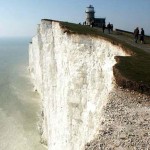
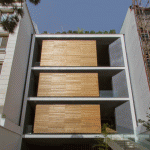




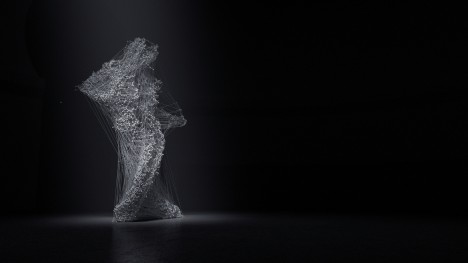
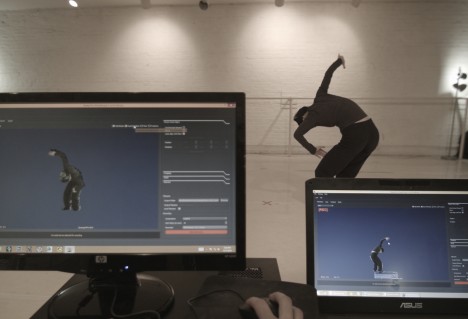
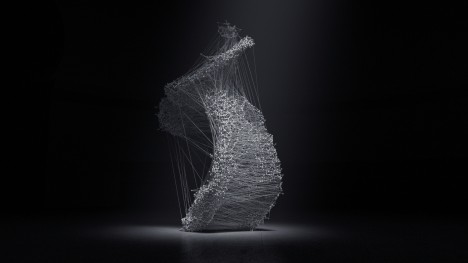
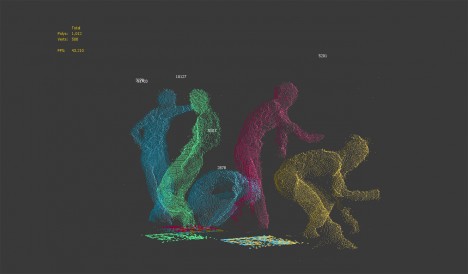
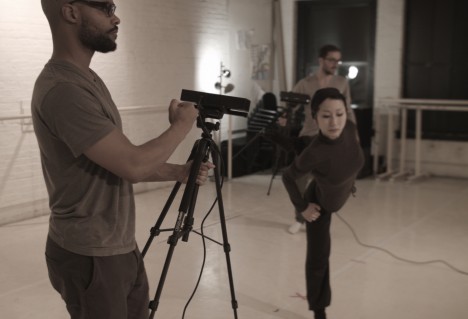
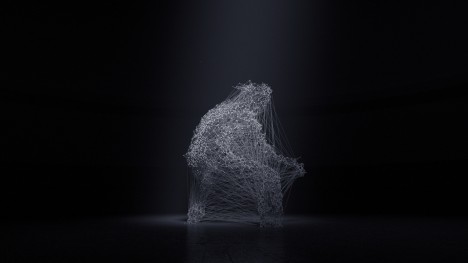
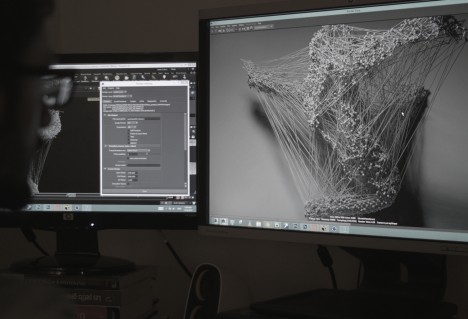
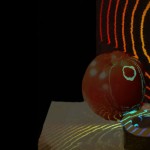
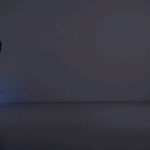









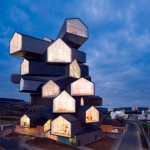
You must be logged in to post a comment.